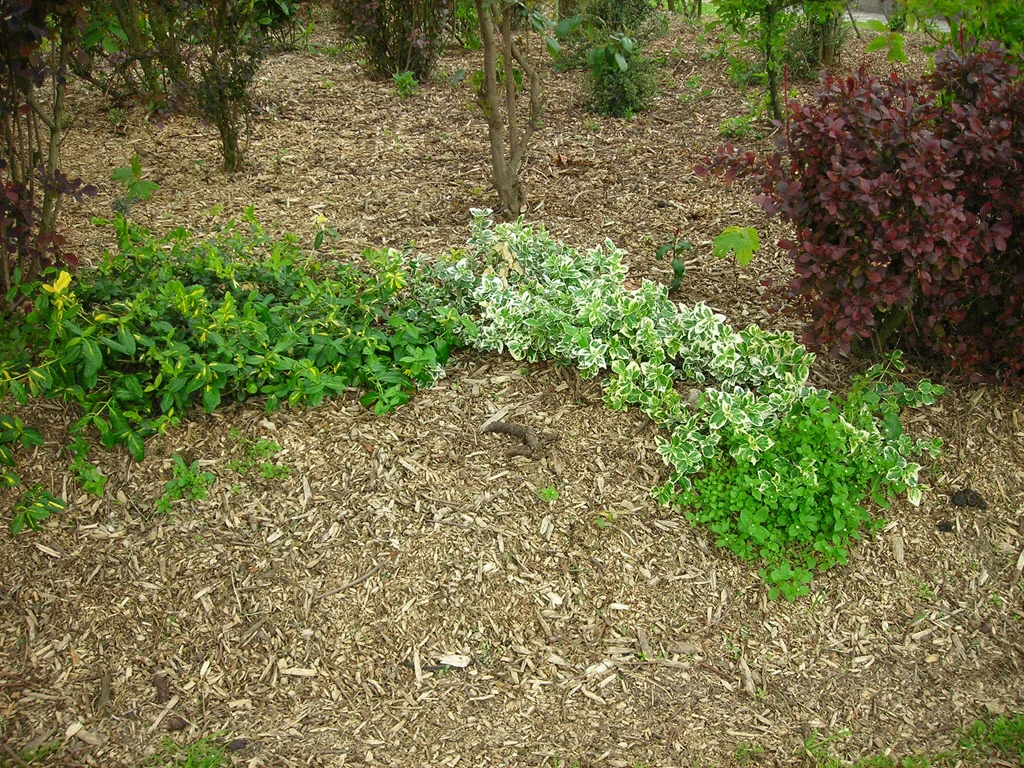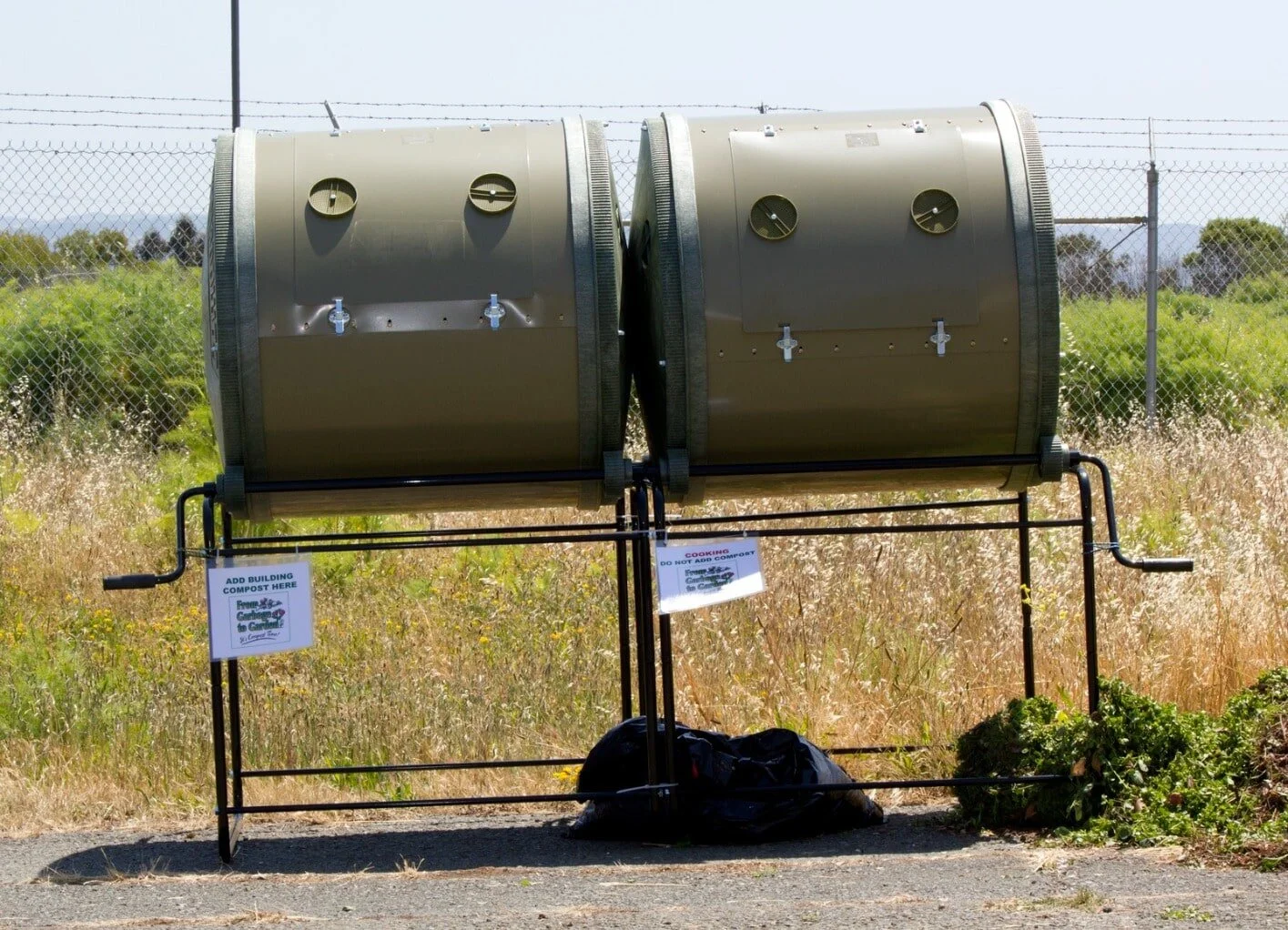Table of Contents
If you're serious about gardening and leveling up your gardening skills, one of the first things you should learn about is mulch.
Mulching is a common gardening practice that when done right can have amazing benefits for your plants and soil. However, done incorrectly, it can also do damage.
To get the most out of mulching, let's start with a simple question: What is mulch?
What Is Mulch?
Mulch is materials or loose coverings laid over the soil surrounding plants and flowers in gardening beds and containers. It can be applied to bare soil or to compost that's already been placed.
7 Benefits of Mulch
Mulch has been dubbed the gardener's best friend for good reason. Here are its primary benefits. Mulch...
Helps retain moisture in the soil
Prevents weeds
Keeps soil cool and improves its texture
Prevents some pests
Encourages beneficial soil organisms
Protects plants against extreme temperatures
Can make a garden or landscape look more attractive
Biodegradable VS Nonbiodegradable
There are two different types of mulch: biodegradable and nonbiodegradable.
Biodegradable mulch is mulch that will, over time, degrade and rot away. This means it will eventually need to be replaced. However, as it rots away, it will release beneficial nutrients into the soil that will help boost the growth and health of the plants.
The drier and woodier it is, the less nutrients it will release and the slower it will decompose. Biodegradable mulches also run the risk of introducing weeds into your garden, depending on the origin of the mulch itself.
Some varieties can also mat together and create an impenetrable barrier that water can't get through.
Nonbiodegradable, on the other hand, is permanent. It doesn't release any additional nutrients into the soil as it doesn't break down any more than it already is. They do conserve moisture and suppress weeds, and some options provide decorative appeal as well.
Slate chippings used to landscape a garden; Photo Source: milesstone.co.uk
The decision between biodegradable and nonbiodegradable is really about whether you want to add more nutrients to your soil or not, how much work you want to invest in keeping the mulch looking nice and ensuring that water can still get through, and how often you want to replace mulch.
Examples of biodegradable mulch
Biodegradable mulches include:
Compost
Manure
Shredded newspaper
Grass clippings
Shredded leaves
Chipped or shredded bark
Straw
Seaweed
Spent hops (Note: These are poisonous to dogs, so use with caution.)
Wood chippings
Examples of nonbiodegradable mulch
Nonbiodegradable mulches are mulches like:
Black plastic
Landscape fabric
Stone/Gravel
Slate
Shingles
Pebbles
Seashells (crushed or whole)
Stone chippings
Crushed CDs
Tumbled glass
When to apply
It's best to mulch during the mid- to late-spring months, or in the autumn. This is when the soil is both moist and loose. In summer, the soil is too dry, while winter soil is too cold and could even be frozen.
Mulching can be done as a garden is being planted, or after it's been planted for years. Landscape fabric or plastic sheets are best used in a new garden installation, as you can cut holes in the material to plant new plants. Other mulch options can easily be placed around existing plants or moved aside to plant new ones.
How to apply mulch
Ensure that you've weeded the area thoroughly including removing weed roots
Avoid low-growing plants and stems of woody plants so as not to accidentally smother them
Lay on at least 2-3 inches thick of organic or biodegradable mulch on moist, but not frozen soil
If you're mulching around a single tree or shrub, the radius of your mulch should match the radius of the tree or shrub's canopy
Pro-tips
Here are some expert tips and reminders on mulching properly:
When mulching, avoid direct contact between the mulch and the stems of trees or plants as this can soften the stem, making the plant or tree vulnerable to diseases.
Look for the highest quality materials you can afford to avoid introducing weeds, pests, or diseases into your garden, including the slim possibility of honey fungus from wood chippings.
Do not replace biodegradable mulches until the first layer has fully rotted away. Over-mulching can lead to hardening of the mulch, preventing water from penetrating. You also don't need to move the mulch in order to fertilize the soil. Simply fertilize over the mulch and allow rain or sprinklers to wash the fertilizer down to the plant's roots.
Provide extra water to plants after you've mulched the area so that the water reaches the roots beneath the mulch.
Do not use grass clippings as mulch if you've applied pesticides to the grass, as these pesticides can harm other plants. If your chosen mulch smells sour, it may have fermented and this can affect your plant's health, so don't use sour-smelling mulch.
Don't mulch until after plants have sprouted, as seedlings have a hard time pushing through the layer of mulch. Additionally, don't mound mulch around the base of a tree - start a couple of inches from the tree, and provide a 3-4 inch layer of mulch, with the deepest layer at the edges, to funnel water toward the tree.
Avoid putting mulch against your home, and make sure sprinklers don't spray the walls of your home. Mulch that is against your house has the potential to lead to termites. Leaving space between your mulch layer and your house, and keeping that space as dry as possible, will cut down on the risk of termites resulting from mulching.
Mulch is a great way to improve the appearance of your garden and home. It can also improve the overall health of your garden and make it easier to care for. A few simple choices can create a beautiful landscape that you're proud to live with.
Watch the Video
To get a better understanding of how mulching works, check out Greg the Gardener (and his funny horse). He takes us around his property in order to show off the different benefits of mulching.













